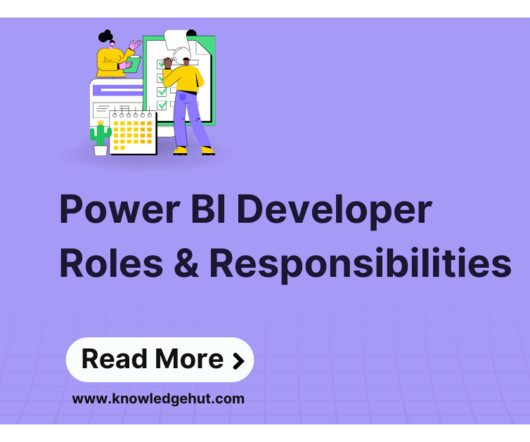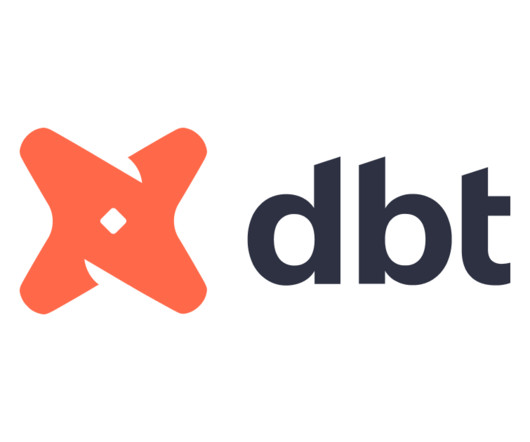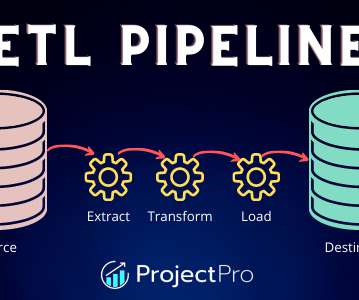Power BI Developer Roles and Responsibilities [2023 Updated]
Knowledge Hut
OCTOBER 30, 2023
For any organization to grow, it requires business intelligence reports and data to offer insights to aid in decision-making. This data and reports are generated and developed by Power BI developers. A power BI developer has a crucial role in business management. The answer to this is simple.












Let's personalize your content